
There’s been considerable social transition brought about by technological enhancements within the different forms of media, as they continue to evolve and impact on our lives.
Change is ongoing and examining the past and studying new concepts can hopefully give us insight into where we will be in the future.
According to the industry body Free TV, over 90 per cent of Australians have access to digital television. However, it estimates that only 40 per cent of people currently watch it. To access these services, you will need to buy either a digital set-top box for your analog TV or invest in one of the growing number of integrated digital television sets on the market. Most TVs on the market today feature an on-board digital TV tuner, with high-definition tuners becoming increasingly common.
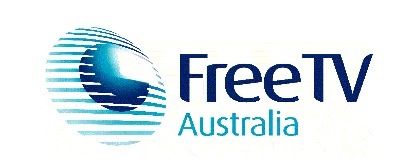
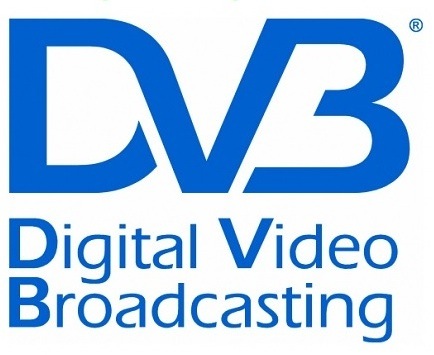
With analogue, a change in video signal amplitude corresponds to an increase in luminance, whilst in digital, changes in video signal amplitude are represented as numbers which are then conveyed using computer technology as binary codes. Computer circuitry understands simple states as ON and OFF. The binary counting system used by computers works to the power of two rather than the usual power of ten for our daily math exercises. With binary notation, only the values of 0 and 1 are needed, rather than 0,1,2,3,4,5,6,7,8 and 9… conveniently coinciding with the computer’s use of ON and OFF states in digital circuitry.
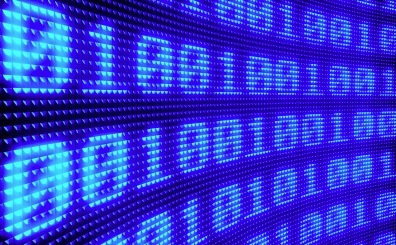
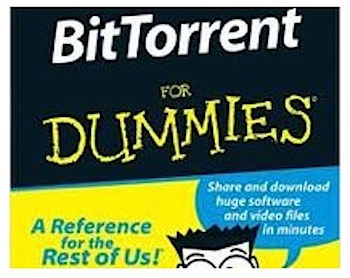
In the same way, the ordinary person now has available to them affordable program making means, leading to so much unique material finding its way onto YouTube, where the picture quality is continuously on the improve.
Since the introduction of digital television to Australia in 2001, there has been a flurry of activity at the stations. First equipping, then making and finally broadcasting shows in widescreen and HD (high definition). Though people will argue about what is available in HD. There are more standard definition channels on free-to-air television than high definition. There is also a greater tendency to narrowcast with each outlet targeting a specific audience demographic. Unlike the old days where TV either tried to be all things to all people or target the highest number of viewers, which often meant going for the lowest common denominator.
The ABC once aimed at the intellectuals and those with a fondness for British productions. This suited the commercials, because the ABC elite did not represent the majority and were thus less likely to be considered a serious drain on viewers in a advertising sense. Governments since then have questioned the value of the ABC, considering that it is funded out of the public purse. The ABC has now made itself more relevant without dumbing itself down. There are so many outlets for its products that it can now cater for most tastes whilst taking advantage of new forms of program delivery. Unfortunately this then attracts the ire of the commercial sector who worry when the ABC (and the BBC) make inroads into what they consider should be their market place alone.
Often the ABC achieves a lot with very little. Gaining good audiences for smart and entertaining quiz programs without an outlay on expensive prizes or sponsor involvement. Sadly some of the most informative programs only reach a small audience on Radio National, causing some to argue for its abandonment. Though it can be reasoned that more of their audience is engaged by the content than someone watching a mindless soap opera that pulls in lots of turned on sets.
Considerable innovation is taking place within the ABC, as previous articles on our site have highlighted. A list of links are provided below for your reading convenience.
Meanwhile, in examining what is available to the free-to-air television audience, we find that Standard Definition (SD) provide widescreen picture with DVD equivalent picture quality (a resolution of 576 horizontal lines interlaced).
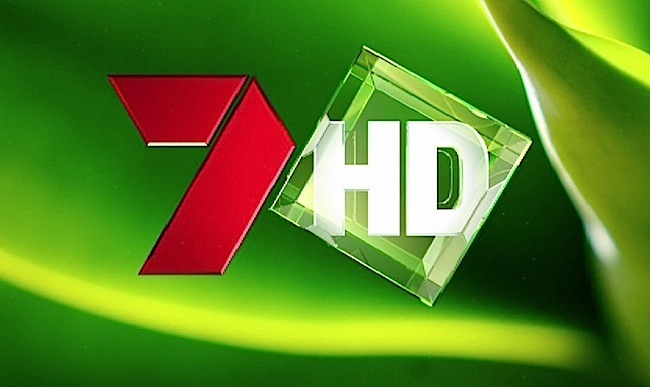
The following will hopefully explain these concepts better… in particular notions such as 720p and 1080i.
All television images are divided into a number of lines to be drawn on your screen. The numbers 576, 720 and 1080 represents how many lines (downwards) the screen can produce.
One of the most important factors in analog television broadcasting is signal bandwidth, measured in megahertz. Interlace is a technique of conserving available bandwidth whilst maintaining the picture quality of a video signal. This technique uses two fields to create a frame. One field contains all the odd lines in the image, the other contains all the even lines of the image. A PAL based television display, for example, scans 50 fields every second (25 odd and 25 even). The two sets of fields work together to create a full frame every 1/25th of a second, resulting in a display of 25 frames per second. Therefore, for a given line count and refresh rate, analog interlaced video reduces the signal bandwidth by a factor of two.
You can sometimes see an odd effect known as ‘Interlacing artifacts’ when viewing the modern HD interlaced displays, something that was not apparent on the old cathode ray tube monitors. This can happen when there is fast action or a fast camera pan, where a comb effect appears… making obvious the line structure of the image. To avoid these artifacts, interlaced images are often blurred slightly to cover them up (anti-aliasing).
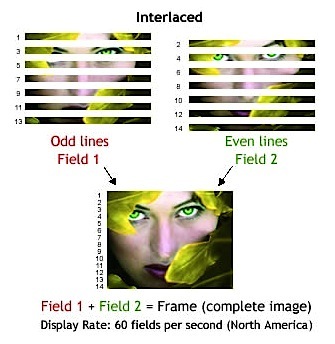
In contrast, ‘Progressive Scan’ produces crisp images with text, moving and still images. It draws the image lines sequential as (1,2,3,4) resulting in sharper and better images.
High Definition (HD) also provides widescreen pictures, with an even sharper image.
The term HD is somewhat ambiguous as different stations interpret it differently with regard to what they broadcast.
SBS HD and ABC News 24 broadcast in 720p (720 horizontal lines progressively scanned) yet TEN HD, 7mate and GEM broadcast in 1080i (1080 horizontal lines interlaced).
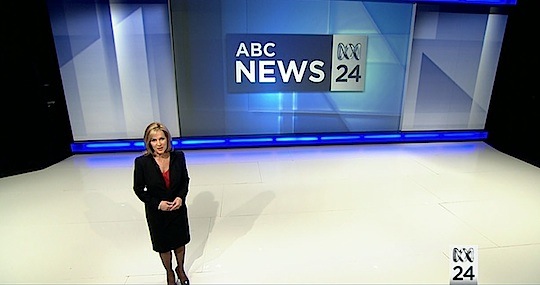
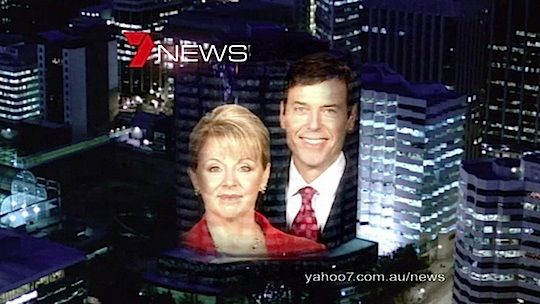
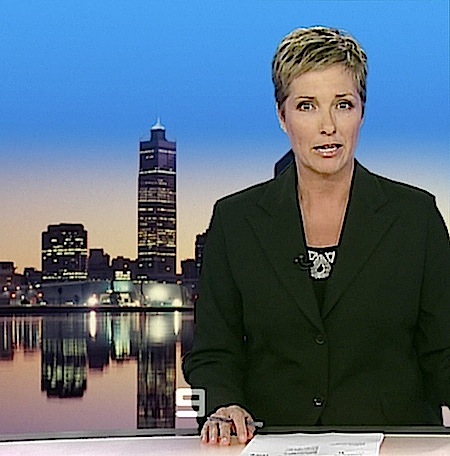
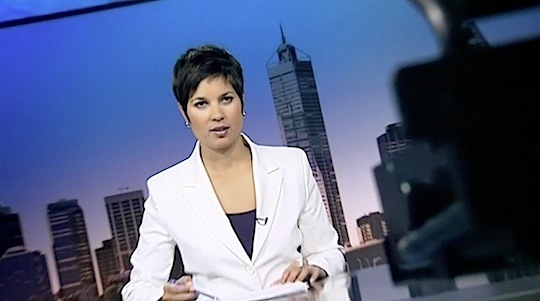
Here is a spot check of what the various FreeView stations were broadcasting in Perth at a given time.
- 1 TEN HD – Video: Mpeg-2 1440×1080, 14 Mbps with Audio: Dolby Digital, 48 kHz, 448 kbps
- 2 ABC One – Video: Mpeg-2 720×576, 7 Mbps with Audio: Mpeg1, 48 kHz, 256 kbps
- 3 – SBS One – Video: Mpeg-2 720×576, 5 Mbps with Audio: Mpeg1, 48 kHz, 192 kbps
- 7 – Seven Digital – Video: Mpeg-2 720×576, 7 Mbps with Audio: Mpeg1, 48 kHz, 256 kbps
- 9 – Nine Digital – Video: Mpeg-2 720×576, 5 Mbps with Audio: Mpeg1, 48 kHz, 256 kbps
- 10 – TEN Digital – Video: Mpeg-2 720×576, 6 Mbps with Audio: Mpeg1, 48 kHz, 256 kbps
- 22 – ABC Two – Video: Mpeg-2 720×576, 5 Mbps with Audio: Mpeg1, 48 kHz, 256 kbps
- 23 – ABC Three – Video: Mpeg-2 720×576, 5 Mbps with Audio: Mpeg1, 48 kHz, 256 kbps
- 24 – ABC News 24 – Video: Mpeg-2 1280×720, 9 Mbps with Audio: Mpeg1, 48 kHz, 256 kbps
- 30 – SBS HD – Video: Mpeg-2 1280×720, 10 Mbps with Audio: Mpeg1, 48 kHz, 192 kbps
- 32 – SBS Two – Video: Mpeg-2 720×576, 5 Mbps with Audio: Mpeg1, 48 kHz, 192 kbps
- 72 – 7TWO – Video: Mpeg-2 720×576, 5 Mbps with Audio: Mpeg1, 48 kHz, 256 kbps
- 73 – 7mate – Video: Mpeg-2 1440×1080, 10 Mbps with Audio: Mpeg1, 48 kHz, 384 kbps
- 90 – GEM – Video: Mpeg-2 1440×1080, 10 Mbps with Audio: Dolby Digital, 48 kHz, 448 kbps
- 99 – GO! – Video: Mpeg-2 720×576, 5 Mbps with Audio: Mpeg1, 48 kHz, 256 kbps
- 202 – West TV – Video: Mpeg-2 720×576, 5 Mbps with Audio: Mpeg1, 48 kHz, 256 kbps
The bit-rate is also a significant factor. The higher the bit rate, the more data that is processed and, typically, the higher the picture resolution. Typically a broadcaster will use as much of the bit rate budget as they can to get an error free signal on all services on that channel. This is sometimes a bit of a balancing act.
The maximum video bit-rate for a Blue-Ray is 40 Mbps, which explains why programs in that format look outstanding. TEN’s 1080i HD channel in Perth operates at about 14Mbps, 7mate and GEM’s 1080i are about 10 Mbps whilst showing SD shows on their HD channels.
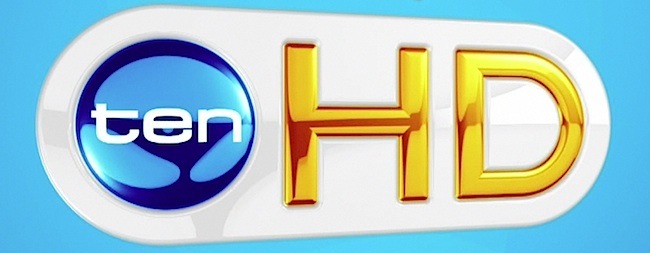
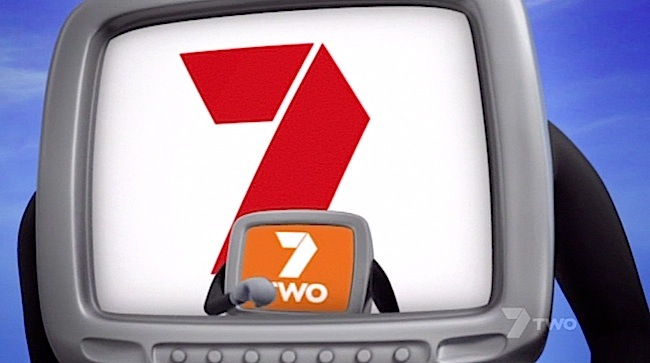
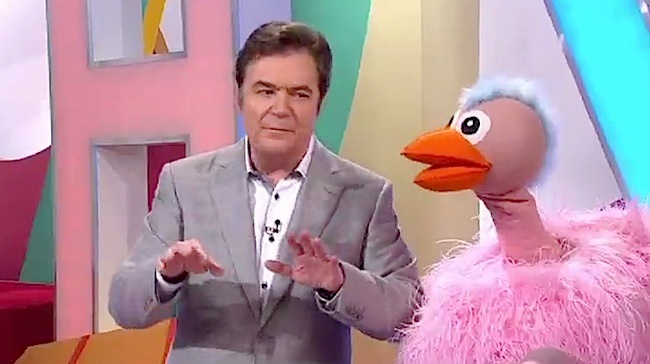

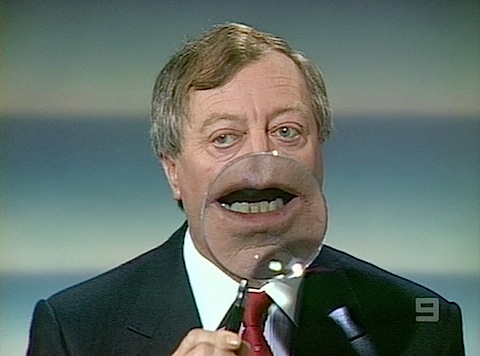
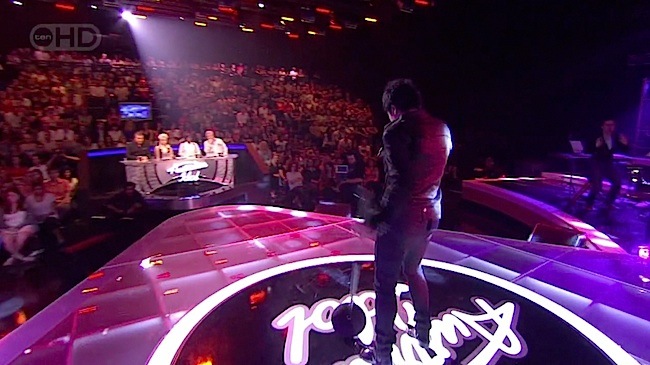
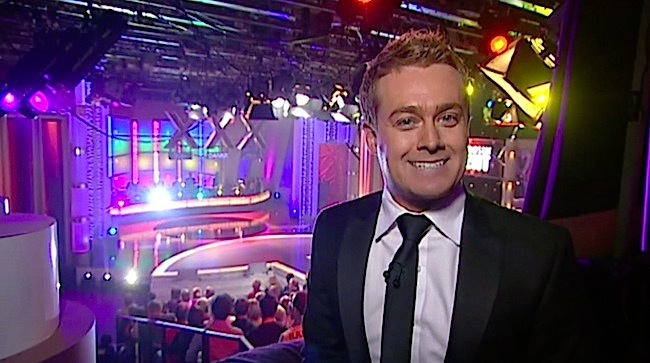

Chiefs, Indians and allegiances
http://watvhistory.com/2010/09/chiefs-indians-and-allegiances/
Future site for Seven and a flash back in time for Michael Edgley
http://watvhistory.com/2010/09/future-site-for-seven-and-a-flash-back-in-time-for-michael-edgley/
The information and entertainment world is in a state of flux
http://watvhistory.com/2010/02/the-information-and-entertainment-world-is-in-a-state-of-flux/







